I'm trying to solve an example from Hayt's Engineering Circuit Analysis:
let \$i_1=4i_2= 20\cos(500t-20°) \mathrm{\ mA}\$. Determine \$v_1(0)\$.
Using \$k=\frac{M}{\sqrt{L_1L_2}}\$, I got \$M=0.6\ \mathrm{H}\$, which is the same value obtained by the authors. Now, if the equation for \$v_1\$ is $$ v_1(t)=L_1\frac{di_1}{dt}+M\frac{di_2}{dt} $$
For the values of \$di_1/dt\$ and \$di_2/dt\$ I got, $$ \frac{di_1}{dt}= -10\sin -20° A $$ $$ \frac{di_2}{dt}= -40\sin -20° A $$ There's no problem in \$di_1/dt\$, got the same expression from the book, just a derivative. But for \$di_2/dt\$ I get a different value.
The expression shown in the book for \$v_1(0)\$ is, $$ v_1(0)=0.4[-10\sin -20°]+0.6[-2.5\sin -20°]=1.881 \ \mathrm{V} $$
So, the only problem here is that \$2.5\$. And the only place I see that \$2.5\$ could come from is \$L_2=2.5 \ \mathrm{H}\$, but I can't see how or why.

